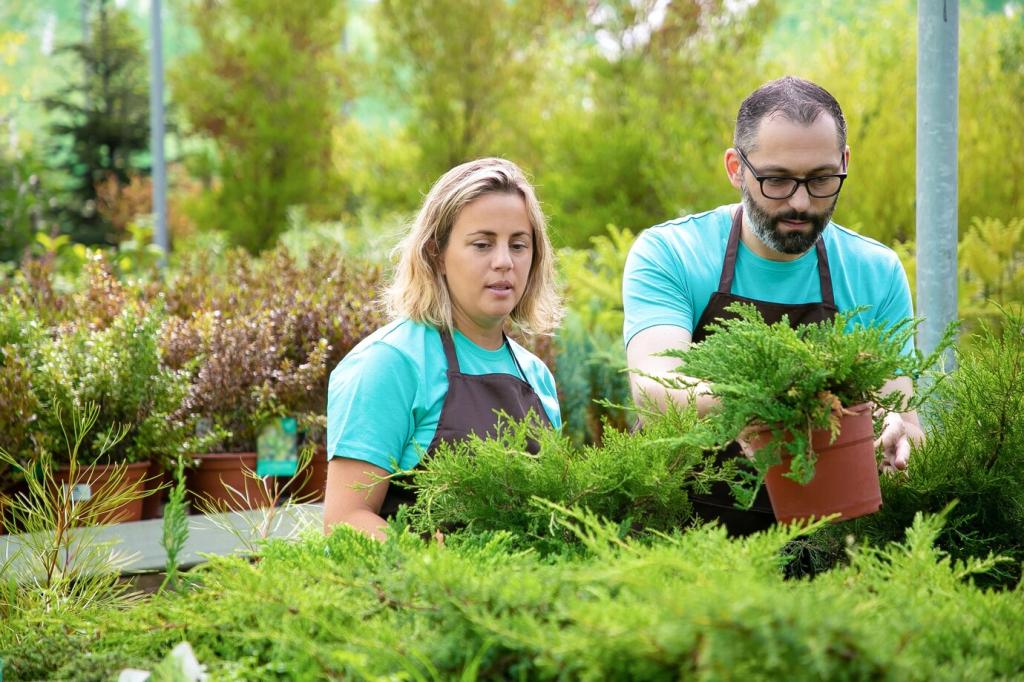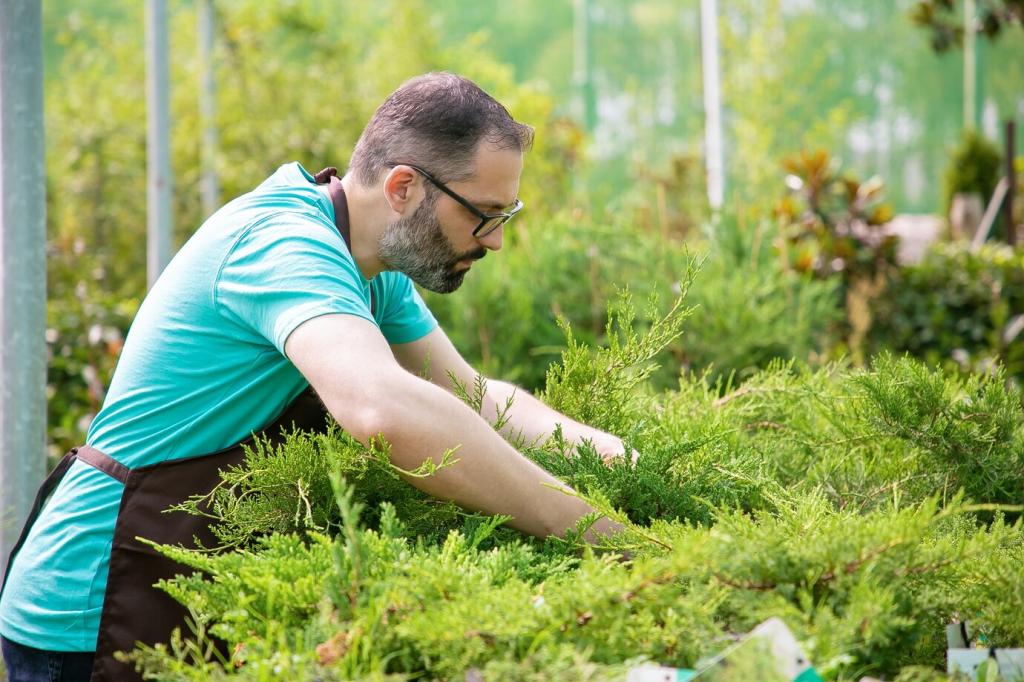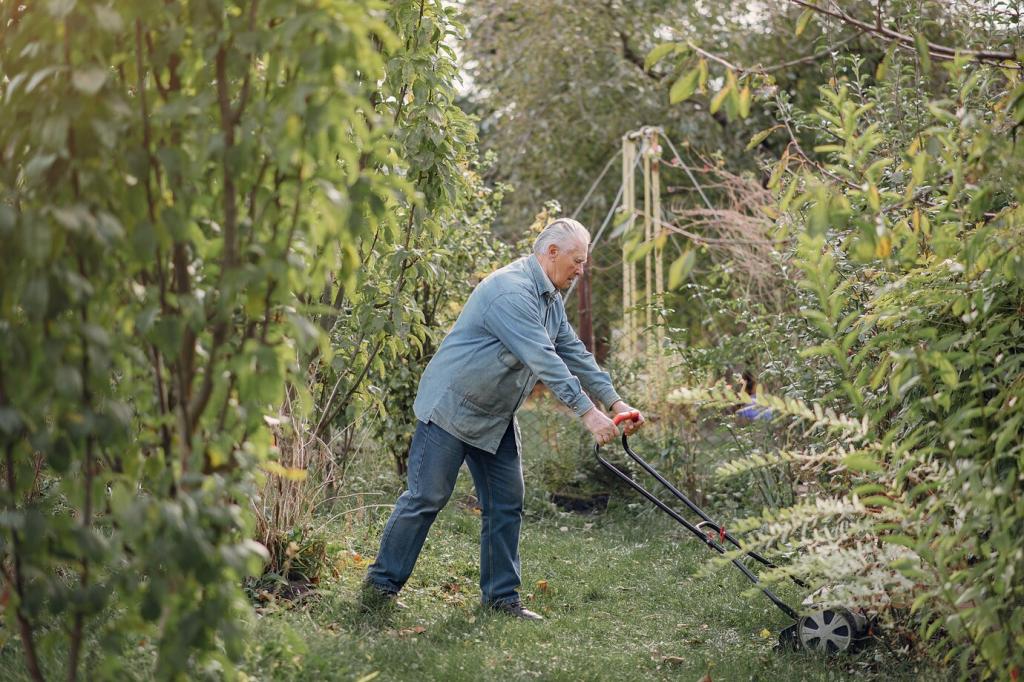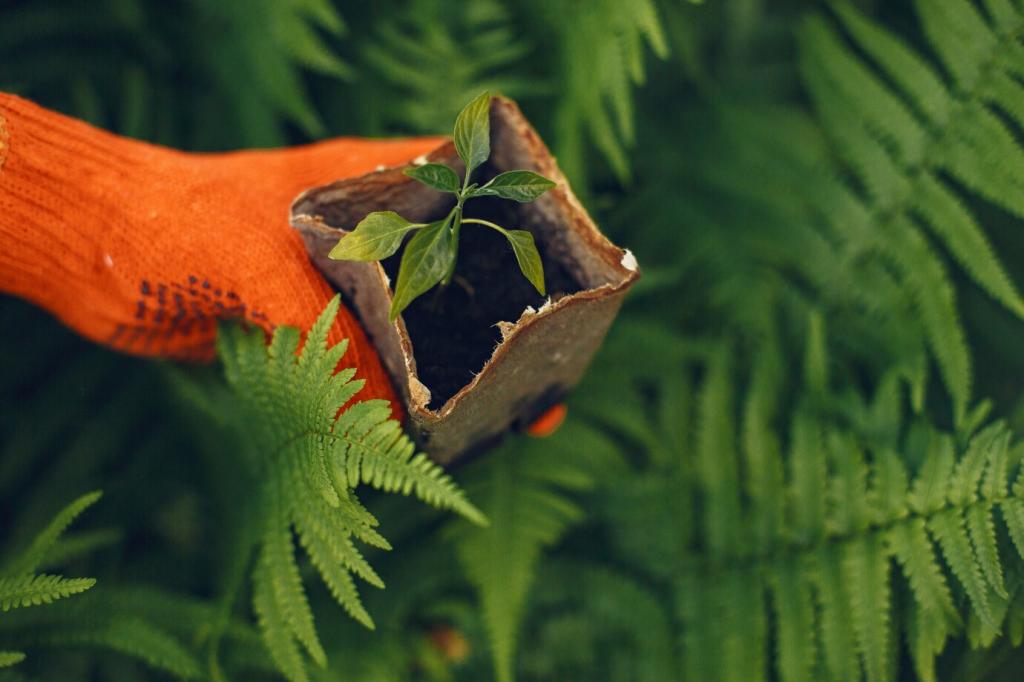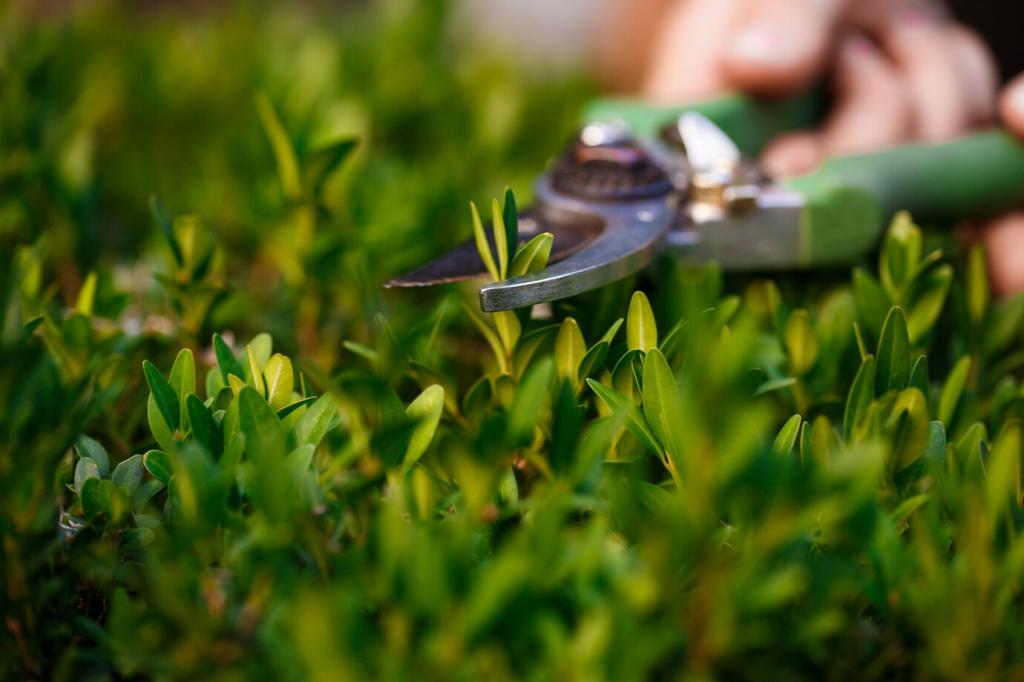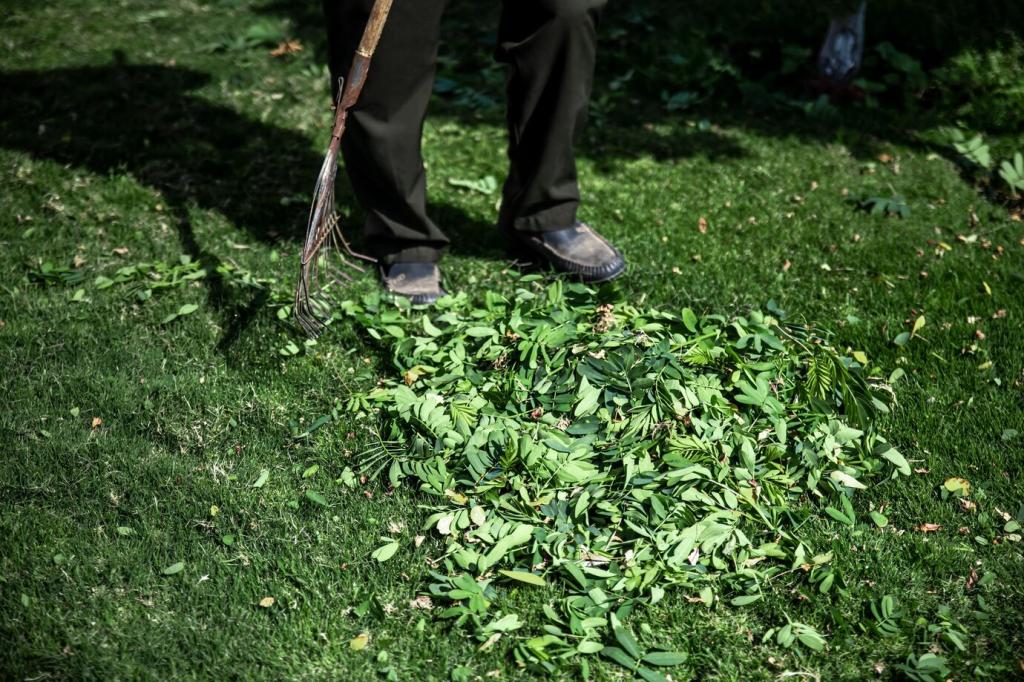Harvesting Every Drop: Rainwater and Greywater
A single inch of rain on a 1,000‑square‑foot roof yields over 600 gallons. Barrels are great starters; buried cisterns scale for gardens and orchards. Integrate filters and screens to keep debris out. Are you collecting yet? Share roof size and we’ll estimate your potential annual harvest.
Harvesting Every Drop: Rainwater and Greywater
First‑flush units discard the initial runoff that carries dust, pollen, and roof grit. Simple mesh screens, sediment filters, and UV or carbon options safeguard emitters and plants. Describe your roof material, and we’ll suggest a filter train that protects your drip lines without slowing flow.

